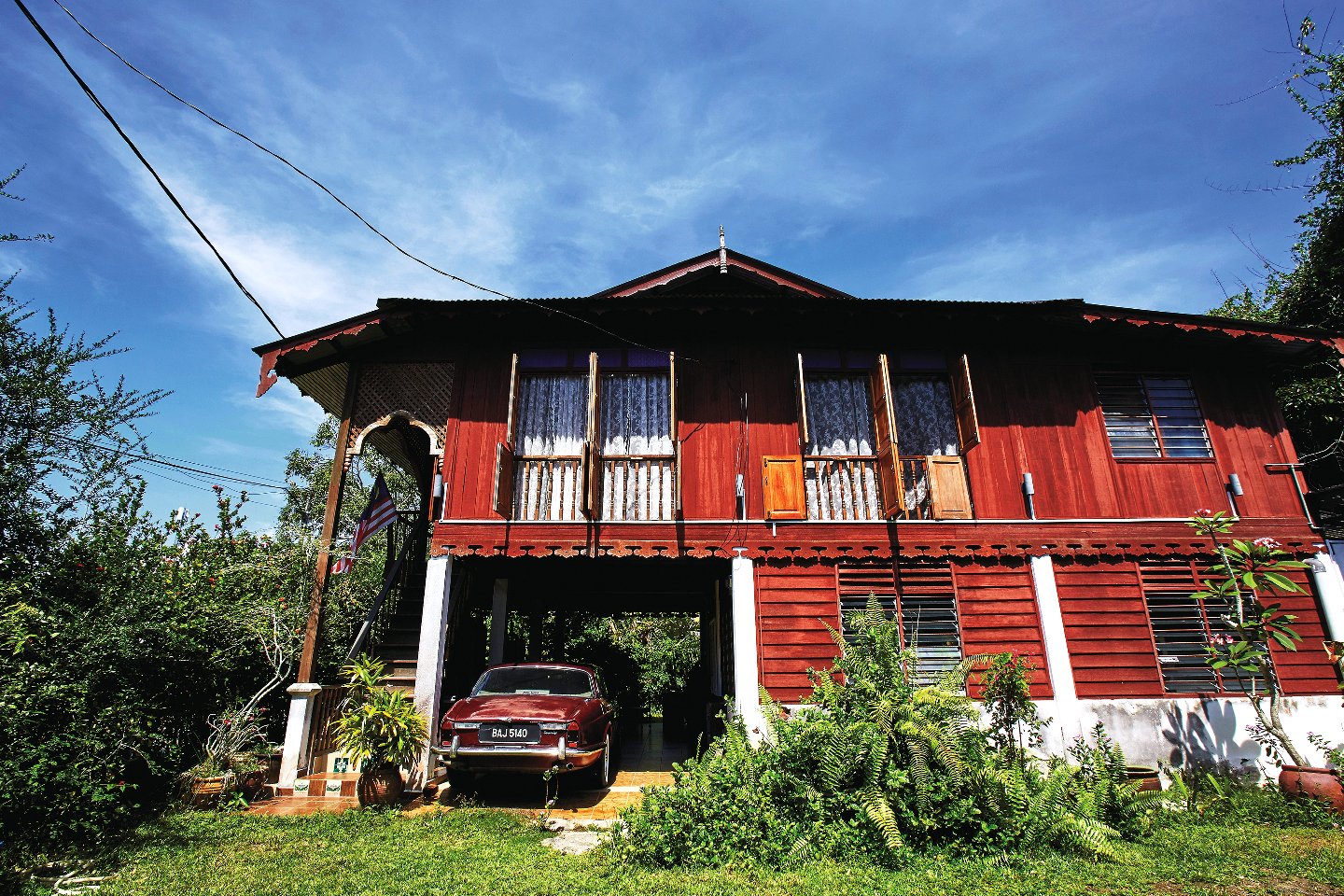
Rumah Tiang 16, constructed from chengal and meranti wood, started welcoming guests in May 2019 with day tours or stay experiences (All photos: Soophye)
Nasir Jalaludin, aka Nash, has stumbled upon something good and he wants to share it with everyone. The surprise is that the “gem” is in his backyard, and he had spent 30 years working around the world before coming home and finding it.
“Welcome to Lenggong,” said the owner of Rumah Tiang 16, who was decked in an eye-catching yellow Baju Melayu with matching headgear as we pulled up at his doorstep recently. In a jiffy, he brought out iced drinks made from boiled bunga telang, two platefuls of tapai, and cold towels for us to freshen up. That was the welcome touchpoints to our one-and-a-half-day heritage stay in the little Perak town with lots going for it, 40-minutes’ drive from Kuala Kangsar.
Nash’s teacher father had built the 16-pillar Perak-style home in 1974. Wanting better exposure for his children in a multicultural Malaysia, he moved the family to Ipoh when Nash was 10 and the house was left empty until the latter’s return in 2017.
Up until then, Nash had been circumventing the world for work and enjoying the single life. But a series of events brought him home.
He had taken up hospitality studies after failing to make the grade for architecture and served three decades in the industry. His father’s death in 2014 got him thinking about what he was looking for in life, and to plan for the afterlife. His mother had kept asking when he would come back and when he had challenges getting his visa in China, his last posting, the answer became clear.
rumah_tiang_16_s1a2682a.jpg
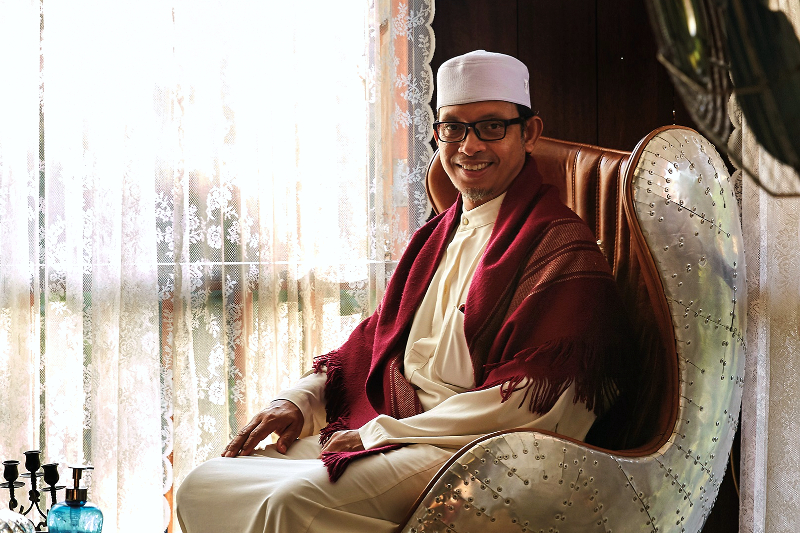
Seven months after marrying Aaisyah, his Chinese-Muslim wife from Qinghai, Nash returned to his birthplace and found himself instantaneously transported back to his childhood. “It was as if Lenggong had stood still in time. I was taken aback to learn that it is a Unesco World Heritage Site”, so-named in 2012 after the well-preserved skeletal remains of the 11,000-year-old Perak Man were discovered in 1991 in Gua Gunung Runtuh, a few kilometres north of the town.
Experience told him that the Unesco status would be a magnet for tourists. But Lenggong, flanked by the Bintang and Titiwangsa ranges, was devoid of economic activity and the community was not prospering from the Unesco recognition. Dismayed, Nash did his homework and spoke to archaeological experts to find out more.
“The more I dug, the more I was in awe: Lenggong is a hidden gem that belongs to the people. It is rich in history, heritage, geography, archaeology, architecture and nature, and I want to spread the word about that. That’s why I created my heritage stay — to marry the richness of my Pattani culture with its pristine beauty.”
Rumah Tiang 16, constructed from chengal and meranti wood, started welcoming guests in May 2019 with day tours or stay experiences packed with the tastes, smells and sights of the best Lenggong has to offer on land, hill and lake. The pandemic stalled operations after 10 months, but not before Nash had hosted close to 250 guests of 25 nationalities. He opened in between the various Movement Control Orders and hopes to go full throttle after Ramadan.
rumah_tiang_16_s1a2652a.jpg
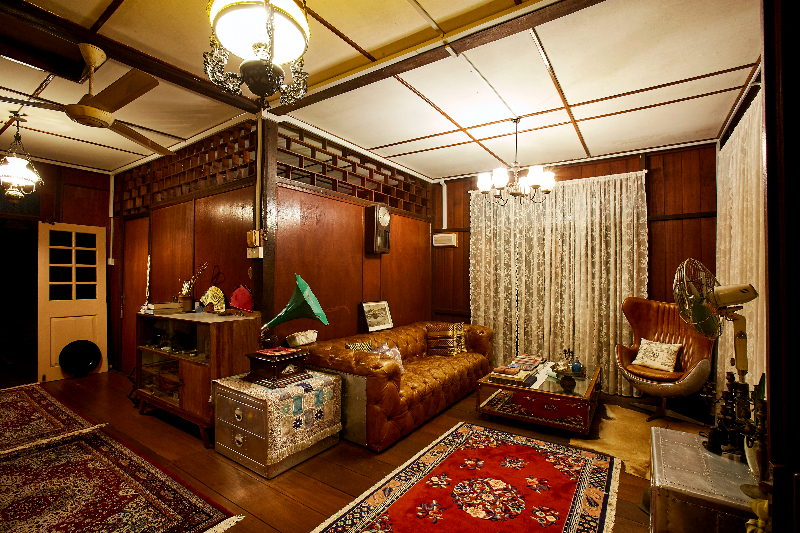
Guests who grew up in the kampung will relive those once-upon-a-time days and reconnect with their roots here. Kids who have never had to sleep on the floor may fight to do so once their parents unroll the cotton-stuffed mattresses in the third guest room that doubles as Nash’s study.
Those who have never visited a Malay house, built raised above the ground, will delight in the pleasures it offers: wake up to birdsong at cockcrow; feel the wind caress sheer curtains draped across big windows; Sway to Dean Martin’s voice booming from a wind-up gramophone; natural ventilation indoors courtesy of wall frames designed for air flow; admire Nash’s array of tiffins, toys and other collectibles; enjoy the privacy of staying with those you know in three rooms (leaving another for the host); crawl under a mosquito net at night and, yes, share a common toilet, typical of kampung homes.
Nash works with a host of people in Lenggong because he is convinced Malaysians need to draw on the diversity of our culture to prosper. “I’m championing community-based tourism and I tell visitors, ‘Come, put up the night and I will take you to my community, the ‘stars of the show’. Connecting guests and villagers has been rewarding.”
Along the way, it dawned on him that, “Wow, this is the true calling of my life! God walked me all over the world to gain knowledge as a hospitality professional, then helped me make a huge U-turn and come back to my community and serve it.”
Service and sharing are at the heart of his curated tours, two highlights of which are lunch in a dangau (thatched hut) surrounded by trees, fields and fowl roaming free and dinner prepared by boatman Boe’s wife Nik, with the catch of the day turning into the treat of the evening, served alongside kerabu pucuk paku, gulai labu, blanched salad dipped in sambal, and more.
lunch_in_dangau_s1a1913a.jpg
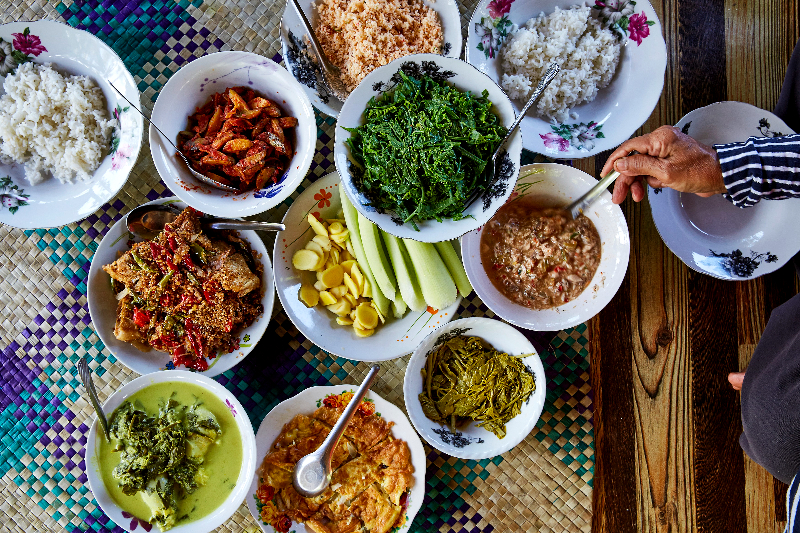
When Nash first approached Mak Ani about preparing the mid-day meal for his guests at her dangau in Kampung Chepor, her immediate response was: “What will I cook? I don’t have any meat.”
“Cook whatever your family eats,” he assured her. The affable Mak Ani has taken that to heart and lays out a fresh, delightful and generous spread of home-grown vegetables and fruit, sambal pounded on the spot, and pekasam (a freshwater fish fermented with roasted rice, tamarind and salt, served fried) that tempts hungry visitors, especially city folk smitten from the first bite, to keep heaping up their plates. She works in tandem with Mak Lang, who prepares the dessert — it was delicious cendol sago the day we dropped by.
Filled and fuelled, it was time to explore Lenggong’s wondrous caves. Do not fret: Nash has a vehicle that can seat 10 and will take you right to the mouth of Gua Kajang, the site of the first-ever archaeological cave excavation in 1917. Look around and gaze at the amazing formations in this cave, one of five in a complex of caves. The others are Gua Asar, Gua Puteri, Gua Ngaum, and Teluk Kelawar. You will not break a sweat walking into Gua Kajang from its front and out the back, because the passage allows light and air to penetrate.
Turn your body in just the right position — an “exercise” Nash probably enjoys encouraging his guests to do — and you will make out a heart over the mouth of the cave.
gua_kajang_s1a1761a.jpg
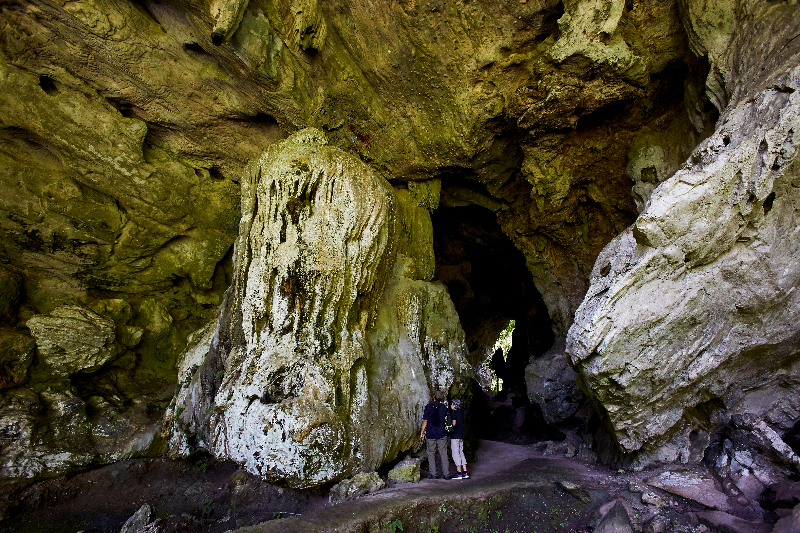
Literature by archaeologists states that Lenggong was the first area inhabited by humans in Southeast Asia until a meteorite struck 1.83 million years ago, wiping out all surrounding life and producing rare suevite rocks. Stone tools found in these rocks point to early man’s existence in the valley before the impact. Prehistoric humans then rebuilt their civilisation, evidence of which has been found in open sites and limestone caves in the area.
For an imposing reminder of history, stop by Masjid Raja, built in 1541 on the order of the first ruler of Perak, Sultan Muzaffar Shah I. Its foundation sits on a concrete-like Toba volcano ash deposit, which could explain why the mosque still stands strong. Mount Toba erupted 74,000 years ago, spewing an estimated 2,800km3 of ash and lava — said to be the largest eruption ever — stretches of which can be found in Lenggong, 300km to the east.
Time for a break? If it’s a Saturday, there are lots to take your mind off archaeology and history in Lenggong town, where age is a matter of perspective. Have a cuppa in a corner coffee shop where the water is boiled in a contraption that has been in use for over a century. The counter at which the roti canai man kneads his dough is equally old. Step into the town’s first “supermarket” adjacent to the kedai kopi and you will have to duck to inch your way to the back so that all kinds of merchandise hanging overhead will not hit you.
The market has fruits galore, many grown by the villagers and going for a song: a 2kg soursop for RM20, anyone? Or RM1 each for a comb of bananas or a chunk of yam.
If getting around on foot is not your thing, work Nash’s wheels. Nip around the town and take in scenes of birds swooping over stalks of paddy, languid pools and people going about their business, then meander up a slope for a scenic view of the town set against cloud-hugging hills.
lenggong_town_s1a2743a.jpg
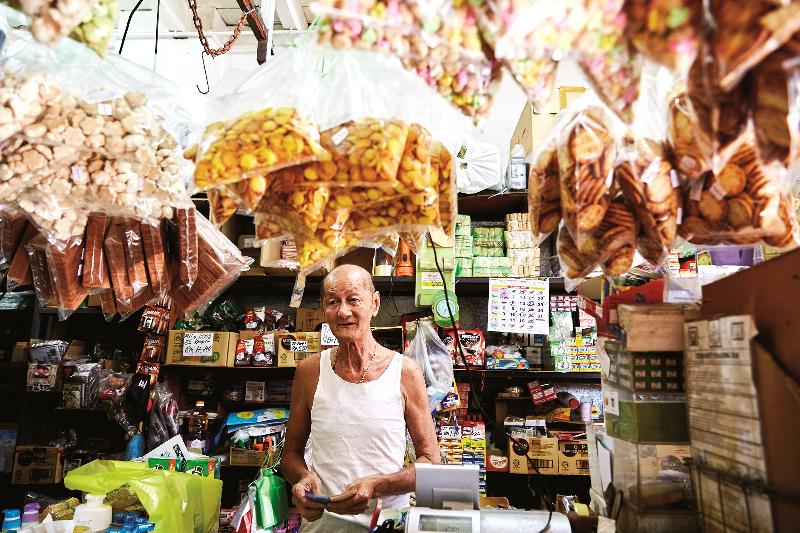
If evening is your choice hour, book a cruise with Boe. Then sit back for two languid hours of watching life along the Perak River: lone fisherfolk trying their luck with different types of nets; friendly villagers waving as you slip past them; reflections in still water and a gorgeous sunset that lasts minutes if the weather is right. Pause to catch your echo if you care to shout out loud below the Raja Muda Nazrin Bridge.
As dusk settles, wind your way back to Rumah Tiang 16, slip into a vibrant batik sarong and settle down to dinner cooked by the lady of the house. It takes awhile to get used to sitting with legs tucked to one side, but you will quickly find that fingers probably work better than fork and spoon. Before lights out, spread some bedak sejuk, said to be good for skin, on your face. Its scent of jasmine and pandan will fade, but not the memories of your heritage stay in Lenggong.
Nash believes there are many stories to share about the town he loves and calls home and hopes to train the young ones to tell them. These narratives will connect them to Lenggong and form strands that strengthen their heritage.
Rumah Tiang 16 is located on Jalan Haji Md Nor, Kampung Kubang Jambu, Lenggong. For enquiries, call 019 336 8807.
This article first appeared on Apr 11, 2022 in The Edge Malaysia.


